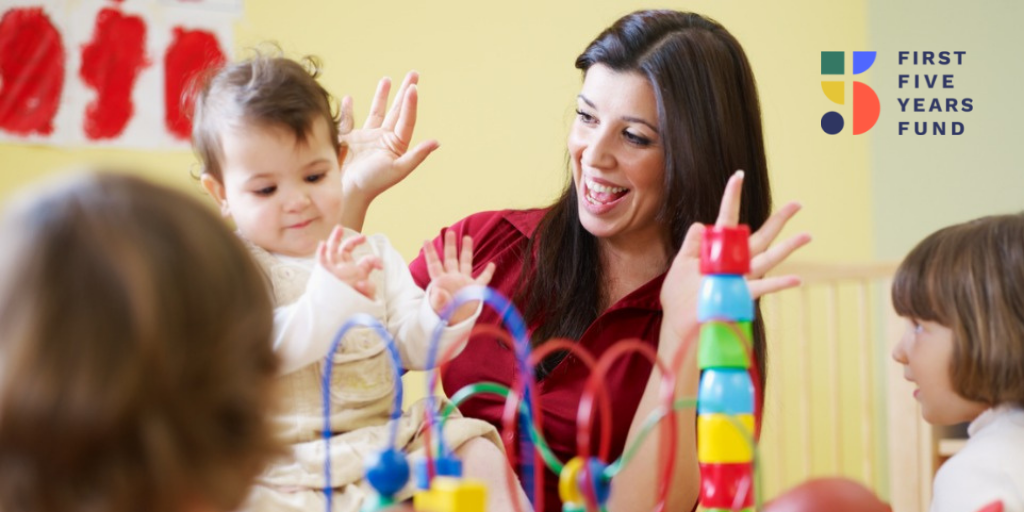Early Head Start – A Vital Component of the Continuum of High-Quality Care

As we continue our celebration of Head Start Awareness Month, this week we turn our focus to Early Head Start, which provides intensive, comprehensive child development and family support services to low-income infants and toddlers, pregnant women, and their families. Recognizing the profound benefits of Head Start and the important role of prenatal experiences, as well as those in the first three years of life, Early Head Start was established as part of the 1994 reauthorization of Head Start to serve children and families during a critical period when research shows interventions are most effective.
Early Head Start programs promote children’s development, support parents in their role as children’s first teachers and primary caregivers, and help families make progress toward self-sufficiency. They do so through a variety of services, including home visiting; parent engagement and support; high-quality child care; and nutrition, health, and behavioral health services — all of which are tailored to meet individual needs. This flexibility, which allows services to be customized for families and communities, is paired with a continuum of high-quality services that meet common quality criteria outlined in the Head Start Program Performance Standards. Local flexibility also allows many programs to combine federal, state, local, and even private funding for preschool, child care, or other early care and education services, to maximize the impact of available funds.
Benefits
The benefits of these services to children and families are well established. Early Head Start children make gains in social-emotional, language, and cognitive development, compared to non-participants; those who continue to Head Start are more ready for kindergarten; and positive impacts on social-emotional development are sustained through at least fifth grade. Parents’ participation in Early Head Start also improves their parenting skills, including father engagement. In spite of these successes, however, Early Head Start serves only a small percentage of eligible children. Nationally, Early Head Start programs serve over 160,000 children and pregnant women annually—just 11% of those eligible. The Early Head Start-Child Care Partnerships program, which we’ll highlight next week, was created to help fill this gap, extending the high-quality, comprehensive services of Early Head Start to children in community-based child care settings.
The Need
The need for these services has never been greater as the COVID-19 pandemic has decimated the child care supply. A recent Child Care Aware of America report found providers struggling to remain open or reopen, declining enrollment, and increasing costs to care for children. According to the report, as of July, 17 of 32 states had lost more than 25% of their child care capacity. As the country moves toward economic recovery, both targeted stabilization dollars and increased annual appropriations funding for Head Start, Early Head Start, and the other federal early learning programs will be vital to the sustainability of our nation’s child care system. These investments will pay dividends in both the short- and long-term, however, ensuring families have the care they need to go to work and putting children on track for success in school and life.
For more information on Early Head Start, visit our issue page, the Office of Head Start, or the National Head Start Association.
Subscribe to FFYF First Look
Every morning, FFYF reports on the latest child care & early learning news from across the country. Subscribe and take 5 minutes to know what's happening in early childhood education.


